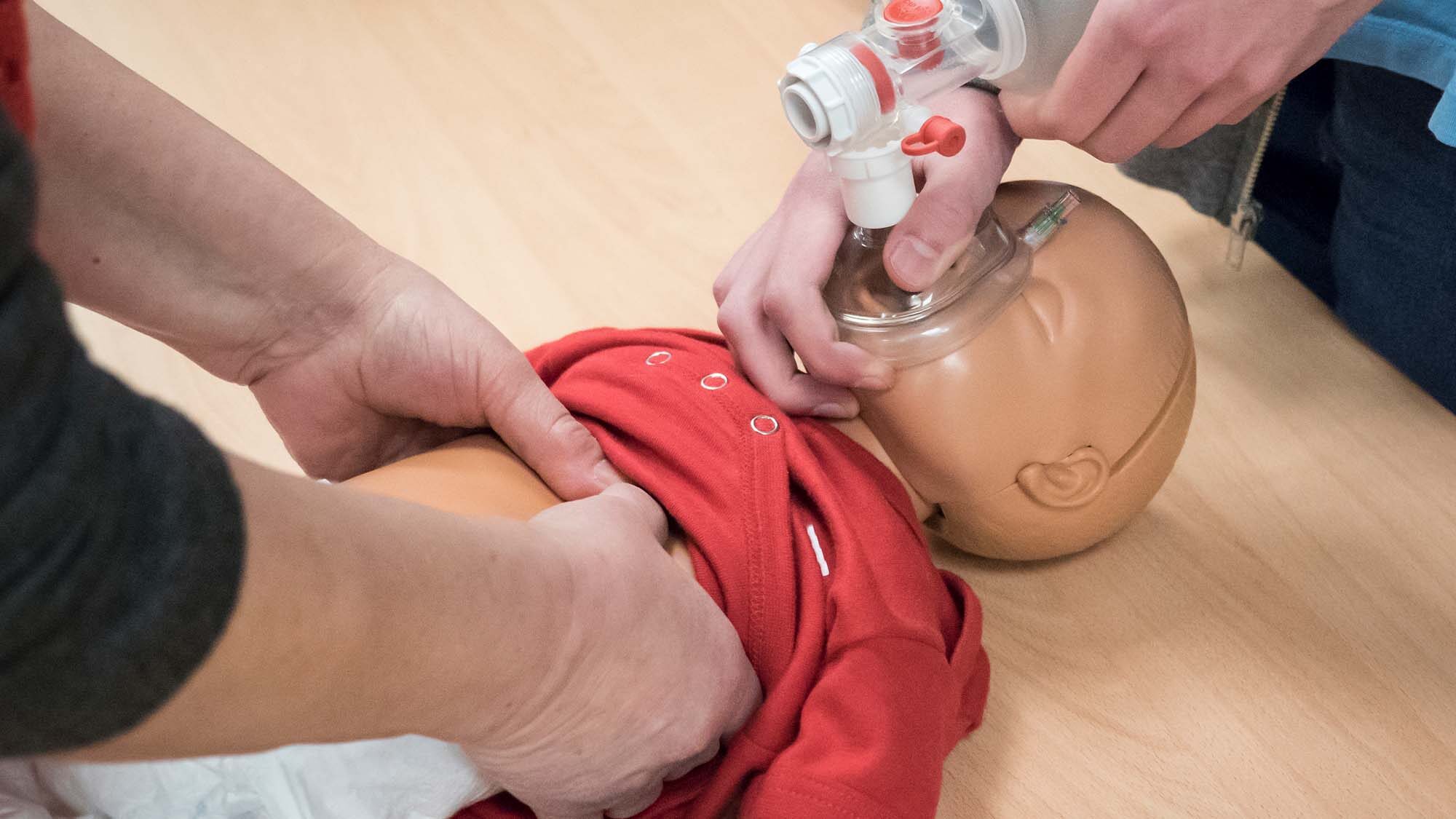Essay by: ISP044
Nursing school is an intense journey for most nursing students. They endure countless hours of studying, reading, memorizing concepts, and understanding the material presented. There are several methods currently used to convey the material to nursing students and one method is medical simulation. The role of medical simulation is to teach students to apply the skills they are taught in a setting that mirrors real life situations with hands on training as individuals and in teams. In this essay, I will expand on the roles of current simulation and my vision of future medical simulation.
Currently there are several types of medical simulations used to teach in the field of nursing nationwide. This includes the use of role playing, partial task trainers, complex task trainers, integrated simulators, and full mission simulation (Galloway, 2009). In health care, the emphasis is on giving accurate and safe care to patients and the simulators and simulations allow for the practice of this important goal in a less threatening environment (Sanford, 2010). With role playing, students can practice tasks such as bedside manner and charting, whereas with partial task trainers, complex task trainers, and integrated simulators, students are able to practice more intricate tasks such as IV insertions and intubations on mannequins that have life like responses. Full mission simulation allows the students to work together in teams in a simulation lab setting. With the current roles explained, I will share my vision of future medical simulation.
With the amount of technology that is in our world today, there are certainly no limits to what the future holds for nursing simulation education in the years to come. I visualize medical simulation geared more towards the virtual world. Imagine a student putting on virtual goggles and seeing an entire hospital scenario before his or her eyes. Students would be able to go into what looks like a bare room, however once the lights are turned out and the student puts on the virtual simulation goggles, they are able to see any type of hospital scene such as emergency heart surgery or a mother going into labor. To make the scene even more lifelike, the student would wear sensory scrubs that allows them to feel the touch of virtual patients and everything virtual around them. Anything visible in the virtual world, students would be able to touch and it would resemble so close to real life that he or she would think they were in a real life setting. Programs could be developed by virtual engineers that could reflect any hospital situation in the form of a microchip that could be placed in the goggles. Faculty would wear the goggles as well to observe the nursing students to ensure the most accurate care is given to the patient. I’m sure my vision would be expensive initially, but in the end a great concept because nursing students would be able to experience any situation and know how to react appropriately.
As previously mentioned, with technology getting more advanced there is a promising future for new roles of medical simulation and to further the education of future nursing students. Current simulation methods have allowed students to grasp real life situations and apply their skills accordingly, but there is always be more to learn. If simulation education is ever turned to the virtual world, I believe it would better the education of not only nursing students but also the medical field as a whole.
References
Galloway, S.J., (May 31, 2009) “Simulation Techniques to Bridge the Gap Between Novice and Competent Healthcare Professionals” OJIN: The Online Journal of Issues in Nursing, Vol. 14, No. 2, Manuscript 3.
Sanford, P. G. (2010). Simulation in nursing education: A review of the research. The Qualitative Report, 15(4), 1006-1011. Retrieved from http://www.nova.edu/ssss/QR/QR15-4/sanford.pdf









